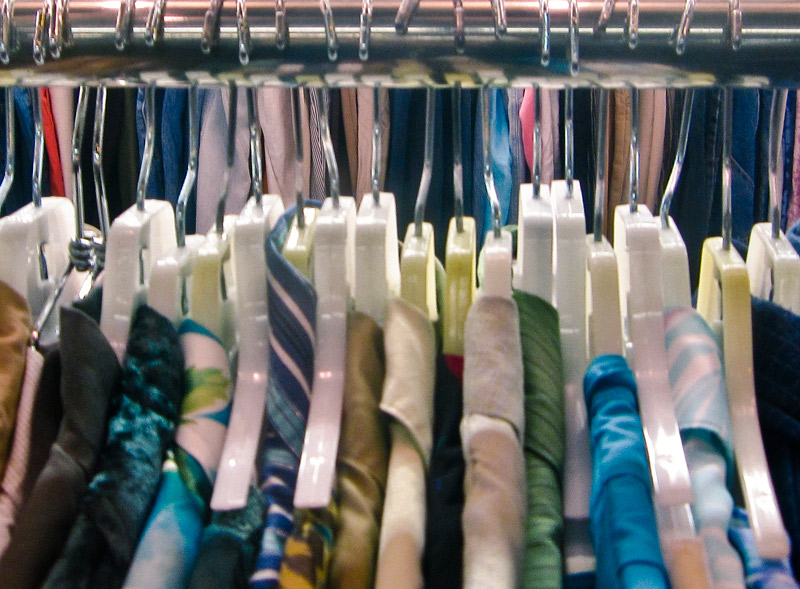A University of Missouri study of more than 500 consumers, showed that the age group most likely to donate clothing for reuse is millennials, adults ages 18 to 34.
Americans sent more than 14-million tons of textile waste to trash dumps around the country in 2012. Despite the many options for donating clothing to charities and the wave of do-it-yourself options for older clothes, there is still a large amount of waste.
In an MU study, Pamela Norum, professor and interim department chair of textile and apparel management, found that younger adults are much less likely to throw old clothes and other textile waste into the garbage than older adults. She also found that millennials were more likely to donate clothing to secondhand stores such as Goodwill and the Salvation Army.
“It was surprising to see that older adults were less likely to donate to secondhand stores and more likely to use the trash than younger adults,” Norum said. “Baby Boomers grew up when the recycling culture was coming of age, so we thought they would be more willing to recycle their used clothes rather than throwing them in the trash. However, it was gratifying to see that younger Americans are more likely to recycle textiles; hopefully they will carry on that behavior into the future.”
In her study, Norum examined data from a 2012 survey of more than 500 U.S. consumers. Overall, she found:
- 65 percent donated at least some clothing to charity
- 50 percent donated to non-profit secondhand stores
- 40 percent of Americans threw away at least some clothing
Norum also found consumers dispose of their clothes for various reasons: It’s out of style, the wrong size; lack of storage space; and clothes were old or damaged. Norum says it is important for consumers to be educated about all the possibilities for recycling and re-using old clothes, so waste can be reduced.
“Nearly all textiles can be recycled or re-used in some way, even underwear,” Norum said. “Lightly worn clothing can always be donated to charities and secondhand stores; more degraded fabrics can be cut up and made into rags or given to textile recyclers who can break down the materials and use them to manufacture new fabrics or other textile products. With all of these easy and free options for recycling, little excuse exists for throwing away clothing, especially if it is simply out of style or the wrong size. Educating Americans about these options is important to reduce waste and to prevent the needless manufacturing of additional textiles to replace materials thrown away needlessly.”
Top photo: By Ariel Dovas // CC BY





